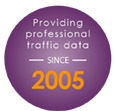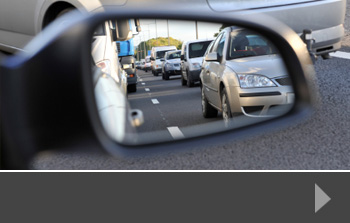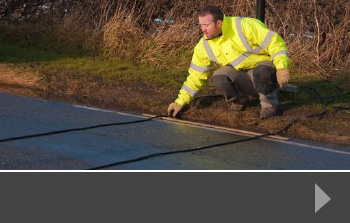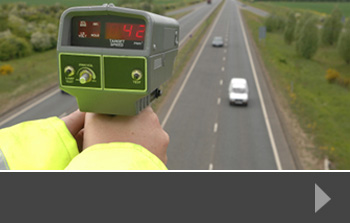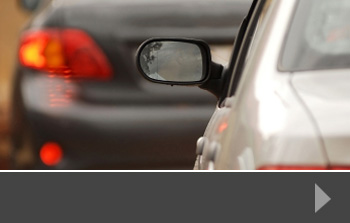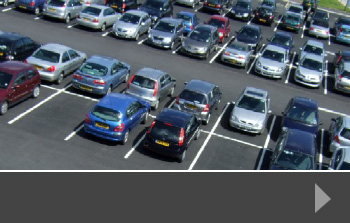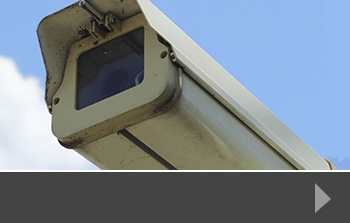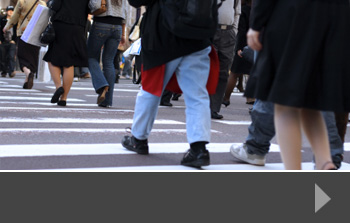Yorkshire town disappointed by traffic light loss
Denholme, a small Yorkshire town that comes under Bradford City Council, has expressed its disappointment that the Council has decided against installing traffic lights at a junction already considered dangerous.
A consultation was held with residents and Denholme Town Council to look at improvements to New Road, particularly in light of a planning application for 35 new homes. The road is already busy and there were concerns that additional traffic would make the junction with Long Causeway even more dangerous.
Traffic count for peak hours
At the end of the consultation, Denholme Town Council recommended the installation of traffic lights to manage traffic flow. When the housing application was submitted however, the only concession to additional traffic was new road markings and signs. The Town Council was happy with the plans for new housing, provided adequate provision was made for traffic and pedestrian safety at the junction.
A traffic survey has been conducted at the junction which shows a total of more than 6,500 vehicles using the junction during peak hours. Explaining Bradford City Council’s decision against traffic lights, its principal engineer for Highway Development Control said:
“The opinion is the layout of the junction would require three-phase signals rather than the usual two, and this would increase potential delays.
“As part of the proposals for the development, the substandard visibility at the Long Causeway junction is being greatly improved, and this will significantly improve the safety of motorists. This forms part of the recommendation to the planning panel meeting, but the final decision will be made by members at that meeting.”
Reliable traffic data from RDS
Our traffic and pedestrian surveys are designed to get the most reliable data to help support your plans. Talk to us today about how we can help you to find out more about traffic and road use in your area.
Around the country, local pedestrian surveys are helping to make life safer for those who walk and cross the roads. Prompted by a variety of concerns from traffic blind spots to speeding traffic outside school gates, local communities are benefitting from surveys that show how new traffic planning or adding a pedestrian crossing can help to reduce accidents.
Safer to walk in Scunthorpe
A particularly busy road in Scunthorpe is benefitting from an investment of £70,000 in improved road safety measures which should make it a much safer place to walk. Following council surveys which showed over 40 accidents in the past five years, 18 of which involved pedestrians, the speed limit will be reduced to 20mph, a zebra crossing will be added and the road could also benefit from speed bumps.
Warwick town centre re-introduces crossings
A traffic scheme in Warwick town centre that hoped to make the streets more pedestrian friendly has come in for criticism in the past year, and the Council has now decided to install a new pedestrian crossing. Having removed a zebra crossing for the original scheme and introducing “informal crossing points”, the Council hoped to make the streets easier to cross. However, pedestrians using the area have called for a crossing to be re-introduced and are delighted that the Council has agreed.
Speed checks may change crossing
Residents in Biddulph, Staffordshire, have been campaigning for a pelican crossing instead of a zebra crossing on a particularly busy road. They say that drivers are exceeding the 30mph speed limit and not stopping at the existing crossing, which makes it extremely dangerous for people to cross. After receiving a petition from over 200 people, the local council is carrying out a speed survey and has already introduced some measures to reduce speed and protect pedestrians.
Pedestrian surveys from RDS
We can carry out a variety of speed surveys and pedestrian surveys to collect data on journeys, crossing usage and general opinions about road safety. Contact us today to find out more.

